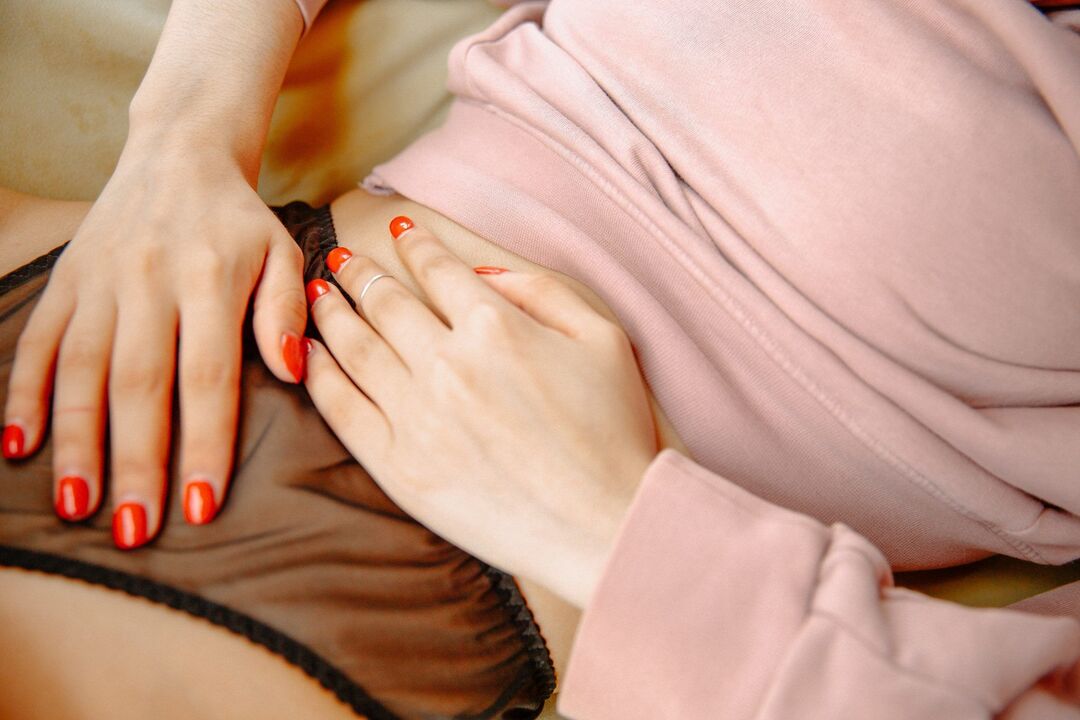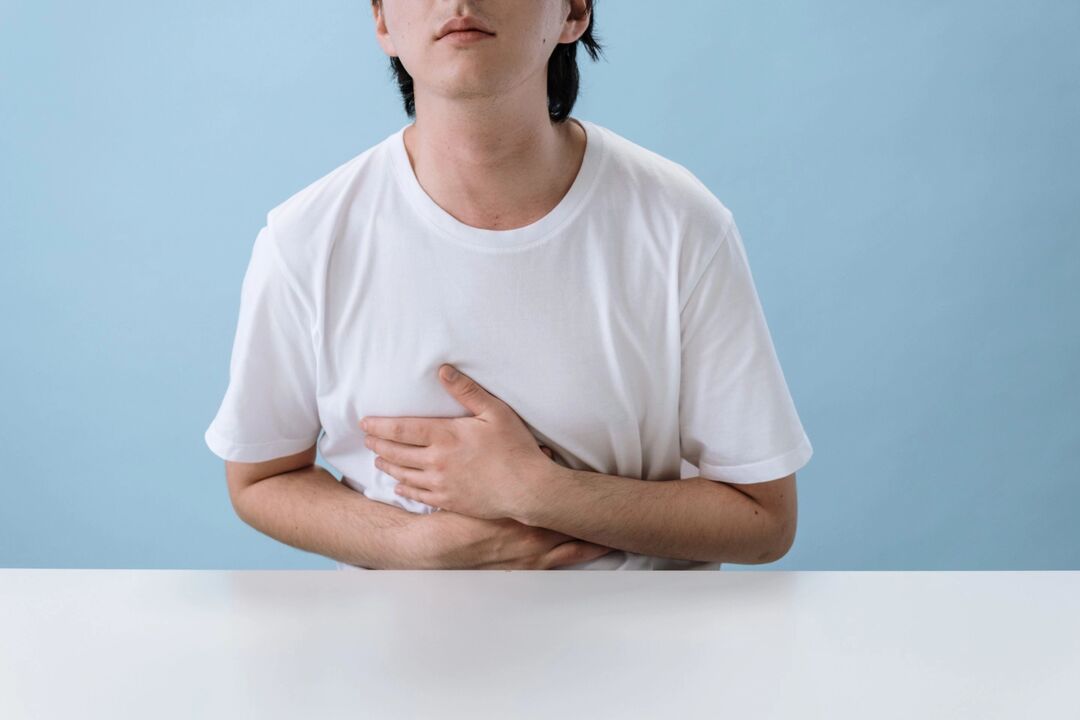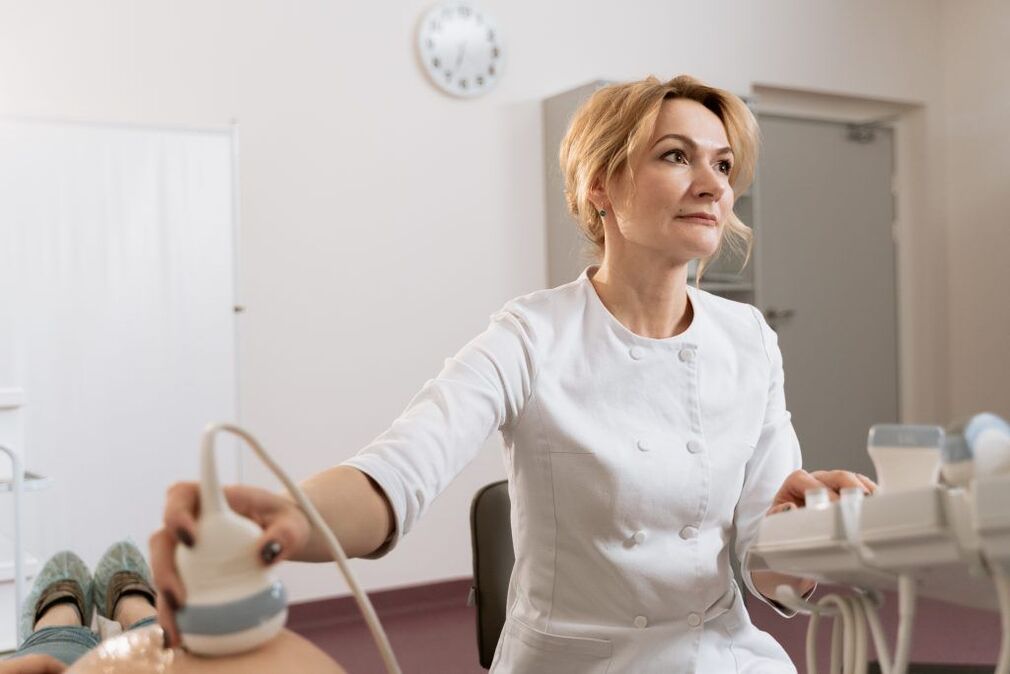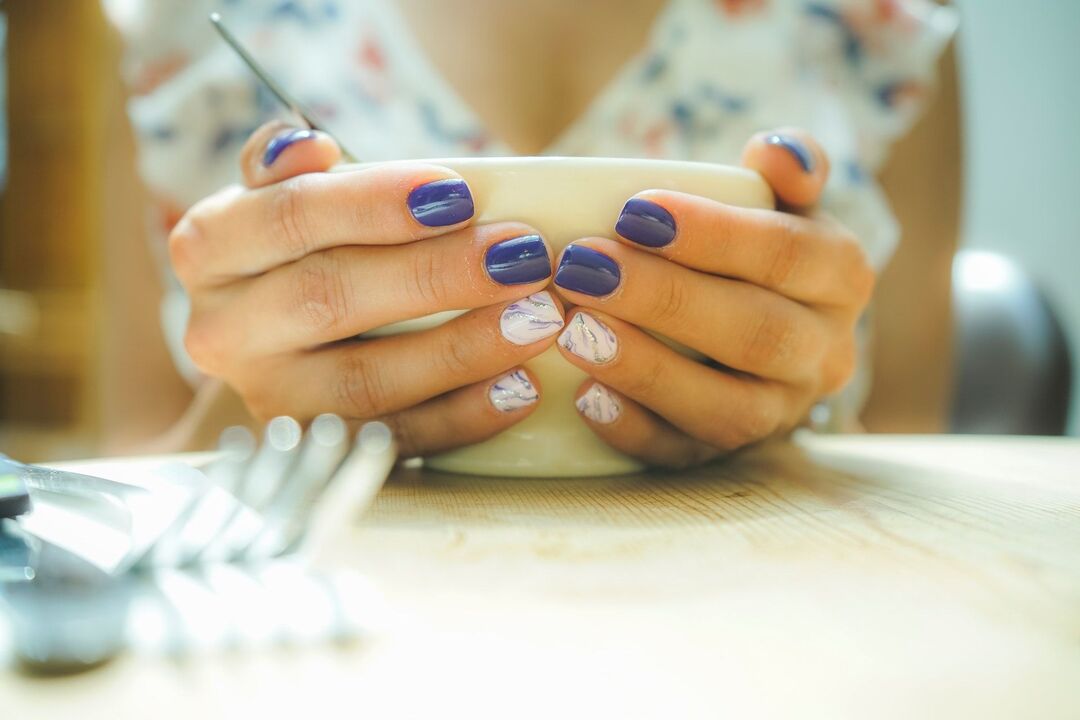One of the unpleasant diseases that has become widespread in the modern world is inflammation of the bladder, or cystitis. The disease can be independent, and may be another pathological complication. Cystitis is a disease of the urinary tract, which consists of inflammation of the mucous membranes of the bladder. It occurs in men, women, and children. The female sex is more susceptible to this disease because of the peculiarities of her body anatomy: the female urethra is short and wide, which is very easy for infection to enter the body. Many people consider cystitis to be a disease of women. Here the question arises: do men have cystitis? Answer: Of course, it happens, only less often. In percentage terms, the incidence of cystitis in women is about 25%, and in men - 0. 5%.

The main cause of the development of infectious inflammatory processes of the bladder is Escherichia coli, but the fungi chlamydia, ureaplasma and Candida are also dangerous. The development of cystitis is facilitated by an inactive lifestyle that leads to circulatory disorders of the pelvic and bladder organs, decreased immunity, metabolic disorders, menopause, consumption of spicy foods and diabetes mellitus. Cystitis occurs in two forms: acute and chronic. In acute cystitis, the patient has frequent and painful urination with the possibility of bleeding. The symptoms of chronic cystitis are similar, but not as described. Chronic cystitis if no treatment is needed can turn into interstitial.
All forms can make serious changes in the normal way of life, reduce efficiency and introduce psychological difficulties, therefore, at the first symptom, competent treatment should be initiated by a specialist. Cystitis is treated by urologists and gynecologists. These experts determine how to treat inflammation of the bladder, prescribe treatment, which, as a rule, includes pills to boost immunity, relieve inflammation, and antibiotics. Cystitis is a multi -species disease. One example of cystitis is trigonitis. This means that the inflammation has spread to the cyst triangle. If only the bottom of the triangle is affected, we will be talking about inflammation of the cervix of the bladder. Cervical cystitis owes its name to the localization of inflammation in the neck area of the bladder. The treatment is a complex process that requires the patient to adhere to bed rest, a strict diet and drink plenty of water.
Speaking of female cystitis, it is important to mention that the disease tends to worsen before menstruation. Cystitis during menstruation is a fairly common occurrence. During this period, due to the anatomical and biological features of the female body, the penetration of bacteria, protozoa and viruses into the genital tract and urethra becomes faster and more dangerous. In addition, during menstruation, a woman or girl’s immunity is very vulnerable, and if hygiene is not observed, spilled blood can be an excellent source of food for uninvited guests. Moreover, fungi of the genus Candida are located in the vagina, capable of triggering cystitis itself with a decrease in immunity.
Pediatric cystitis is also more common in girls than boys. This is due to the proximity of the short and wide urinary system and the anus. Also, bladder inflammation in children can be caused by hypothermia, a weakened immune system and hereditary factors. Cystitis in infants is facilitated by the constant wearing of diapers, which is so common today, and the presence of stones in the urinary organs.
Inflammation of the bladder in men is typical for representatives of mature age. The male symptoms of this disease are similar to those of women. Almost always, the cause of the development of cystitis in men lies in the penetration of infection through the blood from neighboring inflamed organs.
In addition to traditional perceptions of the cause of cystitis, psychosomatic provocation is also possible. Psychosomatic cystitis has a place to be, as the disease manifests itself during life -changing periods. Often bladder inflammation is observed in people who tend to hold back their emotions or suppress them.
Types of cystitis

As noted above, acute and chronic cystitis are distinguished. Acute inflammation of the bladder is understood as cystitis that first appears in the patient, which does not turn into a chronic disease. If an exacerbation of cystitis occurs 2 or more times in a period of 6 months or 3 times or more in a year, then the cystitis is called recurrent. The severity of cystitis and the acute form of cystitis are not synonymous. Exacerbations indicate complications of the disease. In the absence of effective and complete treatment, cystitis from the acute form becomes chronic. The development of acute cystitis is not expected. The symptoms of acute cystitis are more pronounced than chronic ones. The severity of the disease mainly occurs in spring and autumn. In most cases, gram-negative enterobacteria and coagulase-negative types of staphylococci become provocateurs of the development of infectious cystitis. Cystitis is varied in its types. Doctors distinguish the following types: hemorrhagic, interstitial, radiation, sexual, postcoital, cervical, hypercalceuric, chemical, allergic and parasitic cystitis. Let's take a closer look:
- hemorrhagic cystitis is an inflammation of the bladder caused by an infection. It is characterized by excretion of urine with an unpleasant odor and bloody discharge;
- with interstitial cystitis, the inflammatory process develops due to its non -infectious nature. This species is characterized by pain when filling the bladder and a decrease in its volume. With interstitial cystitis, not only the mucous membrane becomes inflamed, but also the submucosal layer;
- one of the consequences of radiation therapy is radiation cystitis. This occurs due to damage to the bladder mucosa;
- due to changes in the microflora based on sex, sexual cystitis develops. Its subspecies is venereological cystitis, which is caused by venereal disease;
- when the infection enters the urethra and bladder, postcoital cystitis develops. The main pathogens are Escherichia coli, mycoplasmas and other infections;
- cervical cystitis - inflammation of the neck of the bladder. This species may present with urinary incontinence;
- in the case of metabolic disorders, hypercalceuric cystitis may develop, in particular, when the kidneys begin to secrete crystals of calcium salts;
- with bladder intoxication, chemical cystitis develops, but it is not so common;
- allergens that have entered the human body (in the form of food, medicine, cosmetics and household chemicals) can cause allergic cystitis;
- helminthic invasion is often capable of causing a parasitic form of cystitis

Regardless of the type of cystitis, treatment will include antibacterial medications, sleep breaks, dry heat, herbal decoctions and adequate fluid intake is possible.
Symptoms of cystitis
The symptoms of cystitis in women, men and children are basically the same. As a rule, cystitis provokes frequent urination in small portions, bringing pain and burning. The urine becomes cloudy and gets an unpleasant odor. It is not uncommon for small amounts of blood to pass through the urine. With cystitis, weakness and pain in the lumbar region can be observed.
Symptoms of cystitis in children and in the elderly are less pronounced and can manifest in the form of temperature changes, gastralgia and nausea. In old age, cystitis may be asymptomatic. Another symptom of cystitis is urinary incontinence.
The first manifestation of the disease is a frequent urge to urinate. The urge to go to the toilet may appear during the day and at night every few minutes. Sometimes women lose control over this process, and urination occurs spontaneously.
As the inflammatory process progresses, the clinical picture is augmented by the following symptoms:
- severe itching and burning in the vulva;
- suprapubic pain radiating to the lower back;
- slight increase in body temperature;
- feeling of incomplete emptying of the bladder;
- discoloration, urine odor.
In severe cases, an attack of cystitis is accompanied by high fever, nausea, vomiting, blood in the urine.

Symptoms of female cystitis are dysuria and nocturia. Characteristic for such a condition is the application of efforts to urinate (the need to push), involuntary urinary incontinence, pain at the beginning and end of the process of urination. In acute inflammation of the bladder, there is an increase in body temperature and poor health conditions.
Symptoms of cystitis in men are similar to women: frequent urination, especially at night, cramps and pain in the genital area and perineum, the presence of mucus and blood in the urine.
Cystitis in children is not always determined immediately, as it is more difficult for the child to explain his condition and the nature of the pain, and the newborn will not be able to explain anything at all. In children, there is usually a state of weakness, discomfort in the lower abdomen, pain and burning, as in adults. The color of urine becomes dark yellow. Children become lethargic, and there are temperatures up to 38 ° C. Cystitis in boys is less common than in girls.
The cause of cystitis
The most common cause of cystitis is the penetration of bacteria into the bladder through the urethra, specifically Escherichia coli. Cystitis after intercourse develops due to prolonged urethral friction. As a rule, the first symptoms of cystitis after sexual intercourse are observed after 12 hours. The cause of the development of cystitis can be an allergy to intimate cosmetics. In children, the cause of cystitis can be a pathology of the urinary organs, when the flow of urine is disrupted and it can fall back into the ureter. Older people often have difficulty moving and lead an inactive lifestyle. This leads to incomplete emptying of the bladder and infrequent urination, which can lead to the development of cystitis. Cystitis affects people who frequently hold back urine for a variety of reasons. The presence of tumors can be one of the causes of cystitis, but this phenomenon is rare.
The cause of cystitis in women is associated with a violation of the vaginal microflora. Often, women show some type of infectious inflammation and allergies. Gonorrhea with no less success can trigger cystitis. Hypothermia is considered a major risk for women. So, let's highlight the most common causes of cystitis in women:
- non -compliance with personal hygiene;
- hypothermia (sitting in the cold);
- stagnation of urine;
- weakened immunity;
- pregnancy;
- surgical intervention on the genital organs and their infections.
The cause of cystitis in men is the presence of diseases of the urinary system, of which inflammation of the bladder is a complication. In general, the causes are the same in women: urinary stasis, hypothermia, E. coli and gonorrhea (and other STDs) also trigger the disease. Cystitis in men may be associated with tuberculosis of the genitourinary system. With the presence of infectious and viral diseases, cystitis can develop due to hematogenous pathways. The development of cystitis is promoted by diabetes mellitus, abdominal trauma, stress and surgical intervention in the genitourinary system.
Classification of cystitis in women
According to the nature of the course, acute and chronic forms of the disease are distinguished. Acute cystitis usually develops spontaneously after exposure to provoking factors. If the symptoms of the disease persist for more than 14 days, chronic inflammation occurs.
In acute cystitis, the inflammatory process does not extend beyond the mucous membrane, the submucosal layer. The clinical picture is represented by frequent urination, pain in the bladder area, the presence of pus in the urine, a feeling of incomplete emptying of the bladder, a false urge to urinate.
A severe form of acute inflammation is accompanied by an increase in body temperature, severe intoxication. The painful sensation is localized not only in the area of the pubic bone, but also gives to the perineum, the genitals. In the urine there are many leukocytes, cells of the mucous membrane of the bladder, bacteria.
Chronic cystitis in women is accompanied by structural changes that affect the walls and muscles of the bladder. In this case, the disease does not develop independently, it is usually preceded by diseases of the kidneys, urethra, genitals, sclerosis of the bladder neck, prostate adenoma, urolithiasis. Given the multifactorial etiology of chronic cystitis, in women, treatment is chosen only after determining the cause of disease progression.
The disease often occurs with relapse and exacerbation. In chronic inflammation, damage to the kidneys, neck, lateral, posterior and anterior walls of the bladder is not excluded.
Diagnosis for cystitis

The basis of diagnosis for cystitis is laboratory testing. To confirm or identify cystitis, patients may be referred for the following tests:
- complete blood count - makes it possible to identify inflammatory processes by increasing ESR and leukocytes;
- urinalysis - in the presence of cystitis indicates protein. The results of microscopic examination of sediments with cystitis will give an increase in leukocytes and erythrocytes. Urine with cystitis becomes cloudy and may turn pink in the event of bleeding;
- urinalysis according to Nechiporenko - they turn to him in case of the presence of erythrocytes in the urine sediment and a high number of leukocytes. For this analysis, it is necessary to pass the average flow of urine in the morning;
- urine bacteriological diagnosis allows you to establish the cause of cystitis. It is important to prescribe antibiotic therapy;
- special test strips for leukocytes allow you to calculate their high concentration in urine;
- nitrite test strips allow to detect infections in the urinary tract.
During menstruation, women should not give urine for testing, as the results may be false.
Rules for passing a urine test for cystitis
Before you start collecting morning urine, you must rinse the genitals with warm water or a disinfectant solution. Before the urine test, you should not eat foods that can affect the color of urine, it is better not to drink compote, fruit drinks and kefir (affect the acid flora). You should also not take diuretics and laxatives.
Treatment of cystitis
Can cystitis be cured permanently? This may be the main question that worries people who have had the disease personally. This can be done if the right treatment is started at the right time. How and how to treat cystitis, urologists determine. As a rule, doctors choose complex therapies. In addition to drug treatment, adherence to food, bed and beverage regimens plays an important role. Let us clarify that the total daily water intake should be at least 2-2. 5 liters, and the diet implies the use of diuretic products and the rejection of alcohol, coffee, spicy, fried, smoked, salty, sour, canned foods and preservatives. . Adherence to this regimen is a general rule in the treatment of cystitis in women, men and children. Let's examine in more detail the treatment aspects of cystitis.
Treatment of cystitis in women does not require hospitalization and can be done at home. A heating pad is applied to the lower abdomen and a warm bath will help relieve the symptomswhich is not pleasant. For the duration of cystitis treatment, women should temporarily refuse sexual intercourse. The desired result of therapy is the normalization of the vaginal microflora. Women are mainly given penicillin antibiotics to neutralize microbes and preparations with beneficial bacteria to stabilize the microflora. Candles with belladonna will help relieve inflammation. Subject to the doctor's requirements, treatment lasts less than a week. Important question for women: how to treat cystitis during pregnancy and is it harmful to the fetus? Cystitis is a disease that, if not treated properly during pregnancy, can trigger complications in the form of kidney infections and premature birth. For the treatment of cystitis during pregnancy, doctors choose the safest medication. Infectious cystitis causes difficulties, as its treatment requires antibiotics that are not recommended for the fetus. For the treatment of cystitis in pregnant women, painkillers and anticholinergics, drugs to relax the bladder muscles are used. Postpartum cystitis develops due to the position of the bladder is flanked and blood circulation is impaired during childbirth, catheterization and cooling, and also due to the weakness of the postpartum immune system. Cystitis, which appears during lactation, is safer to treat with herbal preparations, but we must remember that, like any medicine, only a doctor can prescribe it.

To eliminate pain, frequent urge to urinate, doctors prescribe antispasmodic and non-steroidal anti-inflammatory drugs. The choice of medication for cystitis in men depends on the current pathology of the genitourinary system. Physiotherapy and sanatorium will be good helpers to improve the condition after deterioration and during remission.
As antibiotics for cystitis are used:
- fluoroquinolones
- nitrofuran
Treatment of cystitis in children should be prescribed and monitored exclusively by a physician. Self-administration of antibiotics to children can lead to serious health problems in the future. Sick children, like sick adults, need rest, diet, and warm baths. In the acute form, uroseptic, analgesic and antibacterial medications are usually prescribed. The main task of parents in the treatment of children is strict adherence to medical recommendations, in particular the dosage of the drug and the duration of its use. Chronic cystitis in children is mainly due to phimosis, genital infections, urethritis, diverticulum and other diseases. This suggests that, based on comorbidities, treatment of chronic cystitis will be lined up.
To prevent cystitis in children and adults, it is useful to take preventive measures. Prevention of cystitis includes adherence to hygiene rules (water procedures with soap every day), wearing clean linen, strengthening immunity, efficient and healthy nutrition.
Remedy for cystitis
Preparations for cystitis in women, men and children include antibiotics, anti-inflammatory and general tonics. The drug of choice for cystitis with active ingredients: fosfomycin, nitrofurantoin, furazidin. Alternative antibacterial therapy for cystitis with active ingredients: ofloxacin, ciprofloxacin hydrochloride, levofloxacin hemihydrate. The first three drugs have been used to treat cystitis for years and still have not lost their relevance. Let us consider in more detail the characteristics of drugs for cystitis.
Broad -spectrum antimicrobials. The course of therapy with these drugs ranges from a week to 10 days. They are recommended to be eaten after meals. This cystitis medication is ideal for first aid for severity. Disadvantages of the drug include a large number of side effects.

Suitable antibiotics for cystitis with fosfomycin, it can be said. It is available in tablet and powder form to dissolve in water. This modern tool has a minimum list of side effects, which is a definite addition when choosing a drug. The drug has a rapid absorption and a point of action directed at the bacteria that cause the development of cystitis. Just one tablet from cystitis allows you to achieve a successful therapeutic effect. This is hard to believe, but it has been proven that a single dose of antibiotics helps relieve all the unpleasant symptoms of cystitis. But this is not all the advantages: the substance fosfomycin is effective and safe for the treatment of cystitis during pregnancy. It is recommended to take it before bedtime, after urination. The effect of antibiotics lasts 3 days.
In the treatment of cystitis, herbal remedies have also shown their effectiveness, which can be used in conjunction with antibiotics to increase the effectiveness of treatment and after acute episodes for a long time to prevent the development of other exacerbations. For this purpose, long -term intake of various diuretic and antiseptic herbal preparations or official herbal remedies is indicated. Treatment of cystitis with herbs is successfully combined with drug therapy. Studies have shown that the results of herbal remedies are observed within a few weeks. The advantage of using herbal preparations is their natural properties. But plants are not always safe for our bodies, so it is very important to respect the dosage. The dosage of use of herbal preparations varies depending on the age of the patient. So, for example, the daily dose of herbal tea for children under the age of 1 year is half a teaspoon, for children under the age of 3 years - 1 teaspoon, from 6 to 10 years - 1 tablespoon, for adults- 2 tbsp. Here is an example of a collection of herbal recipes for cystitis, which you can cook yourself at home.
Prevention of cystitis in women
In half of the cases, cystitis in women recurred. To prevent the onset of the disease and its recurrence, it is enough to follow a few simple suggestions:
- Pay more attention to personal hygiene. Girls from an early age should be educated to keep their genitals especially clean, wash themselves daily and change their underwear.
- When choosing underwear, women should pay attention to its composition. You should not wear products made of synthetic fabrics and sizes that do not fit.
- Drink plenty of clean water. Maintaining a normal water balance in the body strengthens the immune system, and frequent urination accelerates the removal of pathogenic microflora from the genitourinary system.
- Avoid hypothermia, wear seasonal clothes, don’t wear short skirts and thin tights during the winter.
- Do not tolerate the urge to urinate.
Many women do not consider cystitis to be a serious disease and try to cope with the pain on their own. This condition is especially dangerous when, on the advice of a friend or acquaintance, they start taking antibiotics. At the first symptoms of pathology, it is necessary to consult a doctor and follow all his recommendations strictly. The treatment regimen is chosen strictly individually based on the nature of the disease course, its form and the presence of concomitant pathologies.




























